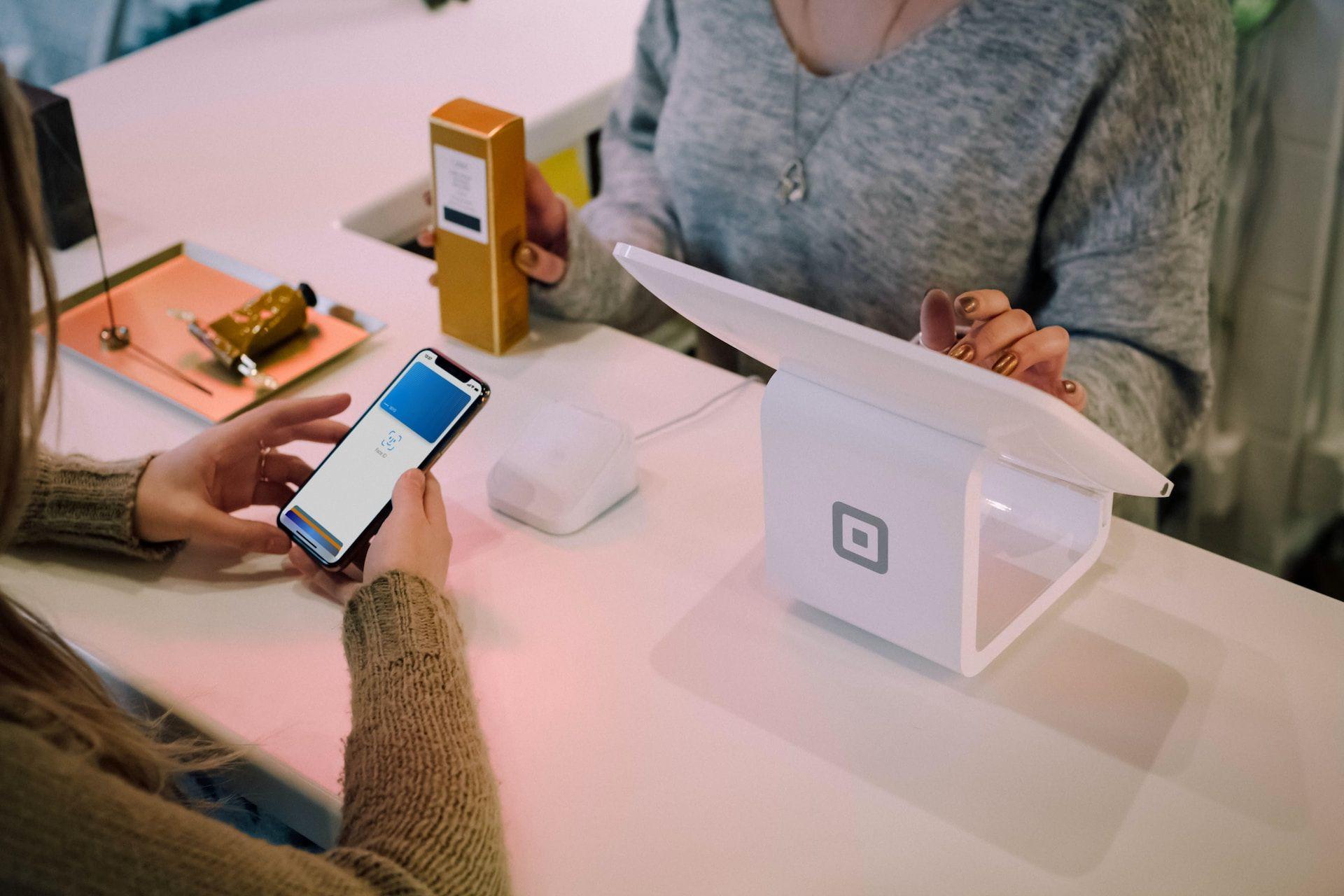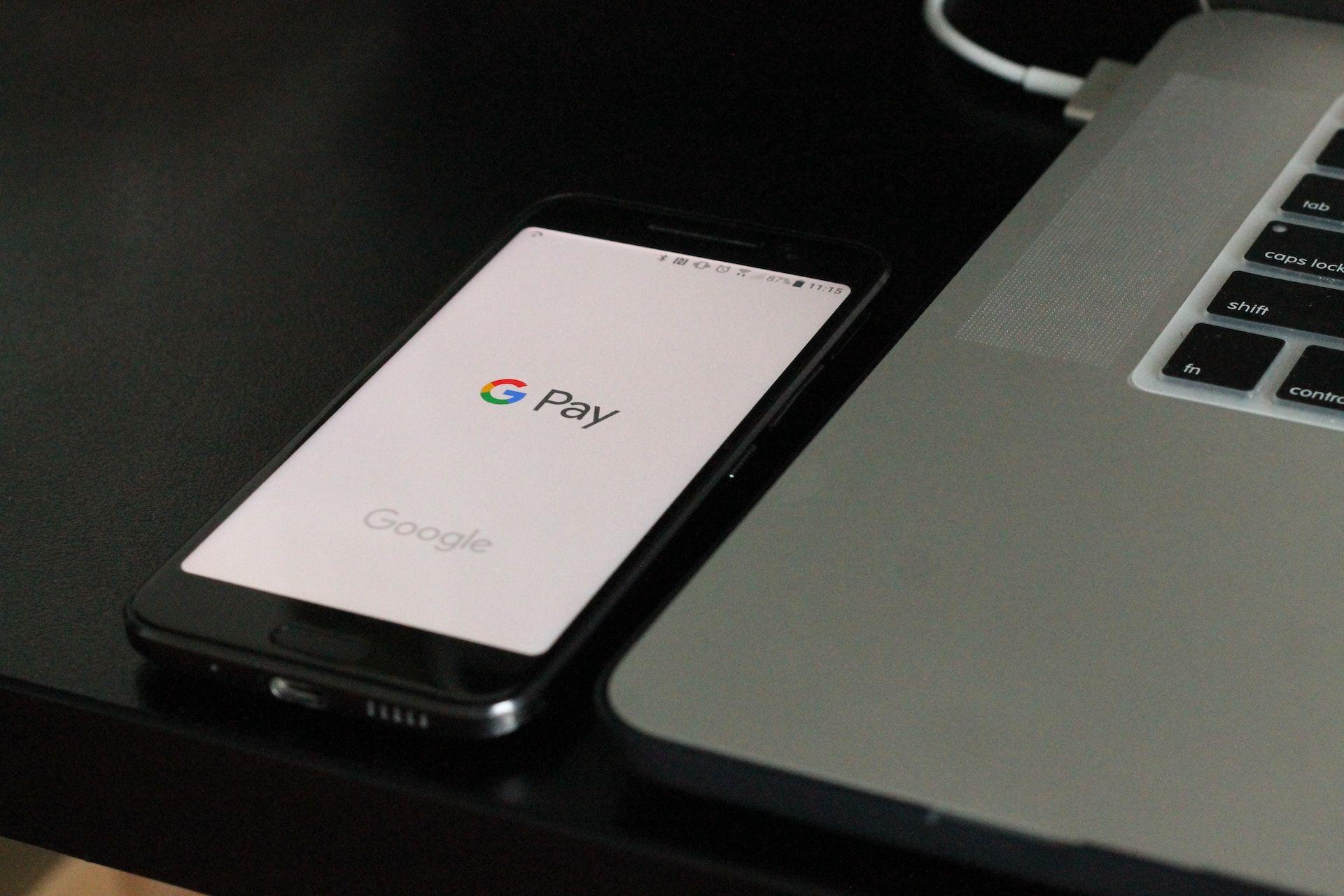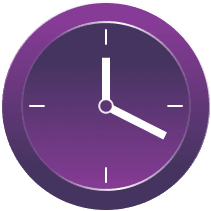Financial apps have surged in popularity, offering convenience and accessibility to users. If you're looking to develop a financial app in 2023, you've come to the right place. In this article, we'll explore the various costs associated with fintech software development and provide insight into the factors that influence these expenses. From design and development to maintenance and security, get ready for a comprehensive guide on the fintech development app estimate required for your app's success!
Cost to Build a Fintech App
A financial app is a software application designed to help users track, manage, and organize their finances. The main goal of the software can be, among other things, to enhance customer service, boost operational efficiency, automate procedures, maintain transparency, streamline decision-making, or offer improved scalability. These apps can help with budgeting, savings goals, investments, and bill payments and offer insights into spending habits, ultimately assisting users in making better financial decisions.
The cost to develop a fintech app depends on several basic factors. They include:
- the type of app,
- necessary features,
- programming language,
- frameworks used.
Since the costs differ drastically depending on the type of the app, we’ll try to define them based on this very factor.
Banking App
This type of software is designed to deliver online banking services such as account management (balance checking), funds transfers, bill payments, loan applications, and other banking-related functions.
Examples: MoneyLion, Nubank, Matador.
Features of a Flutter-based banking app:
- Cross-platform compatibility: Flutter allows the app to run seamlessly on both Android and iOS devices.
- Account management: The app provides features like viewing account balances, transaction history, and monthly statements.
- Fund transfer: Users can transfer funds between their accounts or to other users within the same bank or other banks using NEFT, RTGS, or UPI.
- Bill payment and recharge: The app supports bill payment for various services like electricity, water, gas, mobile recharge, and DTH recharge.
- Loan management: Users can apply for loans, view loan details, check repayment schedules, and make online payments.
- Investment management: Users can invest in various financial products such as mutual funds, stocks, and fixed deposits.
- Secure authentication: The app employs robust security measures like biometric authentication, OTP verification, or two-factor authentication for secure access.
- Customizable UI/UX design: Flutter allows for an easily customizable user interface that is visually appealing and user-friendly.
Development time: on average, developing a fully functional banking app using Flutter may take around 3 to 6 months. However, this timeline could vary based on the complexity of the project.
The required time to develop a banking app is approximately 3200 hours. If we take a $50/h rate, that would sum it up to $160k. We will rely on this rate further in the article.
How can we help you achieve your digital goals?
Get in touchBudgeting and Forecasting Tools
These applications assist in the creation and maintenance of budgets, expense management, and revenue projections and aid in strategic financial planning.
Examples: Zeta, Mint, Rocket Money.
Features of a Flutter-based budgeting and forecasting tool:
- User-friendly dashboard: A comprehensive dashboard with an intuitive interface to visualize and track income, expenses, savings, and financial goals.
- Multi-currency support: Capability to manage multiple currencies for users with international transactions.
- Real-time data synchronization: Seamless data syncing across multiple devices to ensure up-to-date financial information.
- Budget planning: Customizable budget categories and setting monthly limits for each category.
- Forecasting: Data-driven predictions for future income, expenses, and trends to help make informed financial decisions.Expense tracking: Organized categorization of expenses, easy input mechanisms, and visual representations of spending habits over time.
- Goal setting: Ability to set short-term and long-term financial goals along with progress tracking and notifications.
- Reports and analysis: In-depth analysis of spending habits, income patterns, and recommendations for budget adjustments.
- Data security: Robust encryption techniques to safeguard user data and ensure privacy.
- Multi-platform support: Compatibility with Android, iOS, and web platforms to cater to a wide variety of users.
Development time: Given the complexity of the features outlined above, the development time for a Flutter-based budgeting and forecasting tool could range from 4-6 months. This includes design, development, testing, and deployment tasks for creating a stable release. However, the actual timeline may vary depending on factors such as team size, the experience level of developers, optimization strategies, project management practices, and any additional feature requirements introduced during the course of development.
With approximately 2600 required development hours, it would cost $130k.
Investment Management Tools
This software allows users to analyze, manage, track, and optimize investment portfolios by providing features like risk assessment, performance measurement, portfolio rebalancing, and scenario analysis.
Examples: MoneyLioRevoult, Nubank, Robinhood.
Features of a Flutter-based investment app:
- Cross-platform compatibility: Flutter enables you to develop an app that runs smoothly on Android and iOS devices, reducing the development time for multiple platforms.
- Modern UI/UX design: The app will include visually appealing and intuitive user interfaces, following industry-standard guidelines for effective app design.
- Authentication & security: The app will offer various authentication methods like email, social media, and biometrics, along with robust security features to protect user data and investments.
- Portfolio management: Users will be able to create, manage, and track their investment portfolios, including stocks, bonds, mutual funds, and other assets, in real-time.
- News & market updates: Users will receive personalized news updates related to their investments or about overall market trends.
- Investment advise & personalized recommendations: The app will provide customized investment advice based on users' profiles and risk appetites.
- Performance analytics & reporting: Users will be able to analyze the performance of their investments through interactive charts, tables, and graphs to stay informed about their financial growth.
- Notifications & alerts: Notify users about significant market changes, upcoming events, or important milestones relevant to their investments.
- Integration with financial institutions: Seamless integration with users' bank accounts or other online wallets for easy fund transfers and transactions.
Development time: on average, developing such an app can take 2-6 months. However, this timeline may vary depending on specific project requirements and any additional customizations needed.
With approximately 2500 required development hours, it would cost $125k.
Personal Finance Software
Helps individuals with budgeting, tracking expenses/income, managing investments or debt repayment plans, tax preparations, and other personal financial management tasks.
Examples: Prism, Spendee, YNAB.
Features of the Flutter-based personal finance software:
- Cross-platform support: The software will be compatible with both Android and iOS devices, thanks to Flutter's cross-platform capabilities.
- Attractive UI/UX design: The software will have an intuitive and visually appealing user interface, making it easy for users to navigate and manage their finances.
- Secure data storage: Users' financial data will be securely stored and encrypted, ensuring the privacy of their sensitive information.
- Expense tracking: Users can categorize and monitor their expenses, enabling them to understand their spending patterns better.
- Budget planning: The software will allow users to create monthly budgets and track their progress in real-time, assisting them in managing their finances more effectively.
- Financial goals setting: Users will be able to set financial goals and track their progress towards achieving them.
- Cloud sync: Users can sync their data across multiple devices seamlessly, ensuring that they have access to up-to-date financial information on all of their devices.
- Reporting and analytics: The software will provide various reports and visualizations, allowing users to gain insights into their financial health.
Development time: a rough estimate for the development time would be around 4-6 months. This estimate includes designing, developing, testing, and deploying the software.
With approximately 2600 required development hours, it would cost $130k.
Insurance Management Systems
This type of apps streamline insurance-related workflows like policy issuance/administration, claims processing/handling, and underwriting tasks while managing client portfolios/result comparisons for better policies.
Examples: Hippo, Lemonade, Planto.
Features of a Flutter-based insurance app:
- Cross-platform compatibility: Develop the app for both Android and iOS, taking advantage of Flutter's single codebase.
- User authentication and registration: Secure login and registration using email/password or social media logins.
- Profile management: Users can edit personal information, manage policies, and update payment details.
- Policy comparison and purchase: Users can compare different policies based on their needs and preferences, purchase policies directly within the app, and receive digital policy documents.
- Claim management: Users can submit claims and track the progress of claim settlements in real time.
- Notifications: Receive timely updates on policy renewals, premium reminders, claim status, and promotional offers.
- In-app chat support: Users can access customer support through the built-in chat system to resolve queries or seek assistance.
- Data encryption and security: Implement high levels of encryption to protect sensitive user data.
- App analytics integration: Monitor user engagement, behavior, and other metrics to make data-driven improvements to the app.
Development time: it would typically span anywhere between 3 to 6 months. Factors affecting development time include project complexity, integrations with back-end systems or third-party services, unforeseen challenges during development, and various testing phases for optimal performance across platforms.
With approximately 2800 required development hours, it would cost $140k.
Lending App
To make life much simpler for both borrowers and lenders, fintech lending companies leverage technologies like artificial intelligence, big data, and even blockchain. They let borrowers receive their money faster than going into a physical financial institution and give lenders quick access to the information they need to authorize loans.
Examples: LendingTree, Kabbage, Zopa.
The features of a Flutter-based lending app include:
- User registration and login: This allows users to create an account, sign in, and manage their profile information.
- Loan application: Users can apply for loans by filling out the required details such as loan amount, repayment period, purpose of the loan, etc.
- Loan status tracking: Users can track the status of their loan applications, such as pending approval, approved, or rejected.
- Document upload: Users can securely upload their required documents for verification purposes.
- Loan repayment: The app provides options for users to repay their loan installments through various payment methods and displays due dates and outstanding balances.
- Notifications and reminders: The app sends timely notifications and reminders to users about due payments, loan application status, or any relevant updates.
- Customer support: Users can access customer support through in-app chat or other contact options provided.
- Security and data encryption: The app incorporates strong security measures to protect user data and transactions.
Development time: typically ranges from 2-4 months.
With approximately 2300 required development hours, it would cost $120k.
Finance Apps: Must-Have Features
Regardless of the type of financial app you decide to create, there are some features that you simply cannot ignore.
- Compliance: Financial software systems must adhere to all relevant laws and regulations to ensure that financial transactions, reporting, and data management are in line with legal requirements.
- Security: Robust security measures are essential to protect sensitive financial information, prevent unauthorized access, and maintain the integrity of the system. This includes encryption, strong authentication mechanisms, and regular vulnerability assessments.
- Intuitive UX/UI: A user-friendly interface helps users navigate the system easily and efficiently, reducing the time spent on manual tasks and minimizing errors.
- Integration: The ability to integrate seamlessly with other systems (such as accounting software, CRM platforms, or payment gateways) is crucial for streamlining business processes and eliminating data silos.
- Digital opportunities: Financial software systems should enable businesses to capitalize on digital opportunities such as online or mobile payments, offering personalized customer experiences through data analysis and automating routine tasks using AI or machine learning algorithms.
Now, let’s try to figure out how much it costs to build a fintech app.
Transform your vision into reality with Clover Dynamics.
Get in touchFintech App Development Cost Based on Location
The cost of creating a fintech app varies based on the location of the development team due to factors such as local economic conditions, the cost of living, and prevailing wages for software developers. In regions with a lower cost of living, such as Eastern Europe or Asia, the cost of development can be significantly lower than in areas with a higher cost of living, such as North America or Western Europe. Additionally, the availability of skilled developers and market demand for their services can also impact costs. Therefore, selecting a development team from a region with more affordable rates can lead to substantial savings on fintech app creation costs.
Available resources such as skilled developers, infrastructure, and funding can heavily influence a development team's approach to creating a fintech app. In regions where these resources are abundant, teams may have greater flexibility in their approach and produce more sophisticated solutions, while those in areas with fewer resources may need help in meeting these goals.
Key Takeaways
To sum up, combining all the aforementioned elements, we can determine that the typical price of creating a fintech app will range from $50,000 to $150,000 with a 4 to 5 months turnaround time. Costs for a single platform, simple UI, and basic capabilities in a FinTech app range from $30,000 to $50,000. The app's price will increase to between $50,000 and $65,000 if additional functionality and trendy technology are added.
Are you creating a finance software solution? Keep in mind that one of our expertise is fintech, and we’re always ready to help. We at Clover Dynamics strongly emphasize banking and financial services. Using our extensive experience, we provide cutting-edge fintech solutions that accelerate your business operations, reduce operating costs, increase income, and provide complete transparency of financial transactions.
Click here to book a call!







